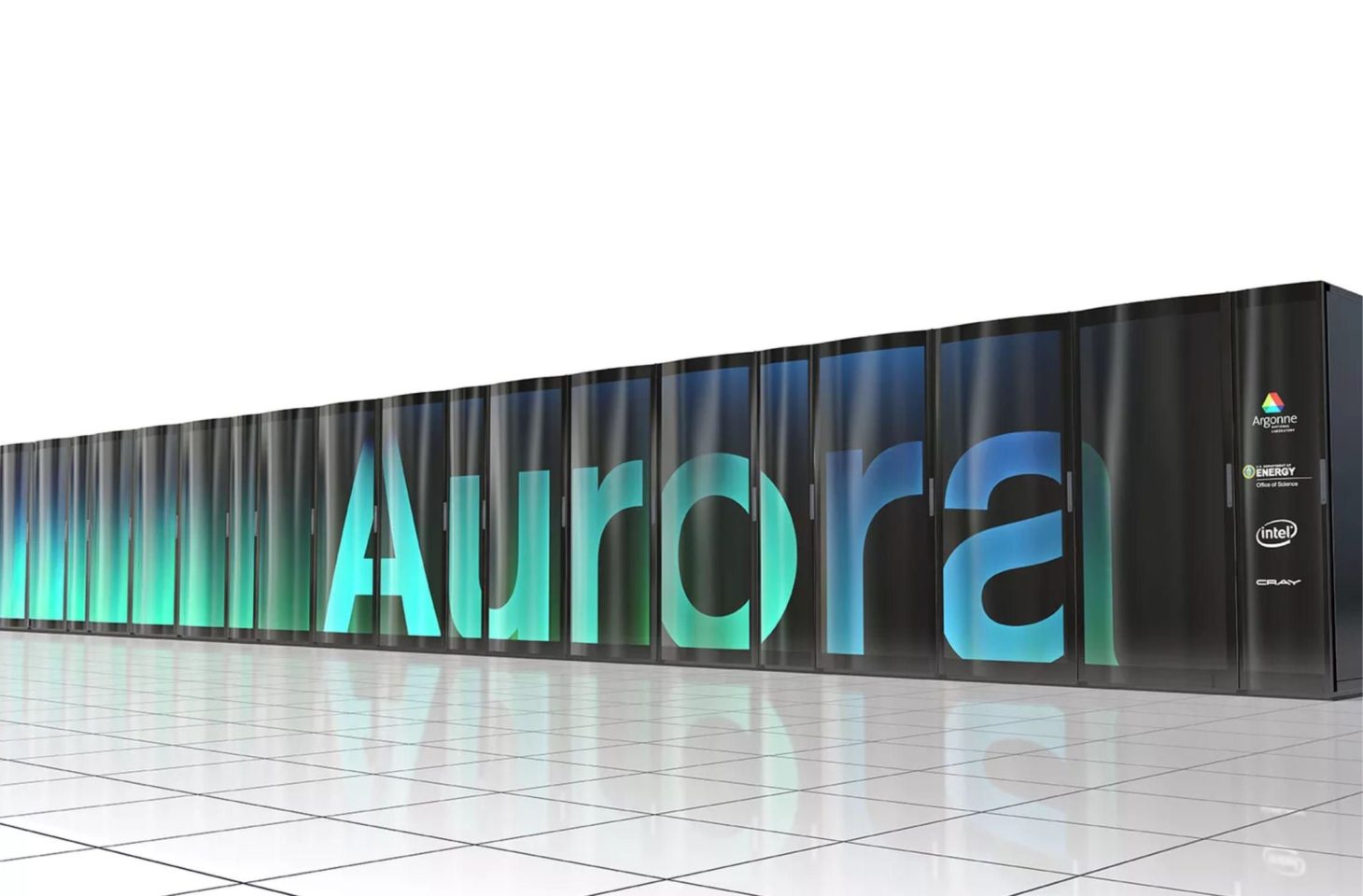Intel once again fails to compete with AMD with the supercomputer Aurora
- May 14, 2024
- 0
The Aurora supercomputer breaks the exaFLOPS barrier for the first time, but with the El Capitan supercomputer it has to once again hand over the top spot to
The Aurora supercomputer breaks the exaFLOPS barrier for the first time, but with the El Capitan supercomputer it has to once again hand over the top spot to

The Aurora supercomputer breaks the exaFLOPS barrier for the first time, but with the El Capitan supercomputer it has to once again hand over the top spot to AMD.
A top 500 list of the world’s fastest supercomputers is compiled every six months. Since 2022, AMD has been at the forefront with the Frontier supercomputer, the world’s first exascale installation with 1.21 ExaFLOPS of computing power. Last year, Intel was expected to take the crown again, but its supercomputer Aurora was only half online at the time and achieved 585 petaFLOPS.
A new year, a new opportunity, but once again Intel is falling short of expectations. In the new list, Aurora breaks the exascale barrier for the first time, but records “only” 1.01 exaFLOPS of computing power.
Both systems are built by HPE, but their hardware is very different. Frontier relies on AMD Epyc CPUs paired with AMD’s Instinct MI250X accelerators. HPE is partnering with Intel for Aurora, but it appears to be much more difficult to get the Intel Xeon Max processors and Intel Data Center GPU Max accelerators to work together at scale. Frontier also had some teething problems.
In the presentation Intel emphasizes that Aurora is 87 percent active. There is still some wiggle room, but for this Top 500 list release it wasn’t possible to bring everything together.
Where AMD has a big lead over Intel is in consumption. Frontier requires 22.7 megawatts to achieve 1.21 exaFLOPS, Aurora requires 38.6 megawatts for 1.01 exaFLOPS.
Intel needs to hurry because AMD’s hardware is being reused to build another new system: El Capitan. This should be even more powerful with the new AMD Instinct MI300 accelerators and will be ready this year. The theoretical goal is 2 exaFLOPS. The HPC race continues, although AMD can keep up with the challenge cup for a while longer thanks to Frontier.
This year will be a fruitful one for supercomputers. Jupiter, the first exascale system in Europe, is scheduled to go into operation later this year. It is not yet clear whether this will be active before the next Top 500 list is published.
Finally, it is not clear where China falls on this list. It goes without saying that the list only includes systems that make their results public. Given the current trade ban and chip restrictions, China prefers to keep its cards to itself. Nobody knows whether an exascale system is already online there.
Source: IT Daily
As an experienced journalist and author, Mary has been reporting on the latest news and trends for over 5 years. With a passion for uncovering the stories behind the headlines, Mary has earned a reputation as a trusted voice in the world of journalism. Her writing style is insightful, engaging and thought-provoking, as she takes a deep dive into the most pressing issues of our time.